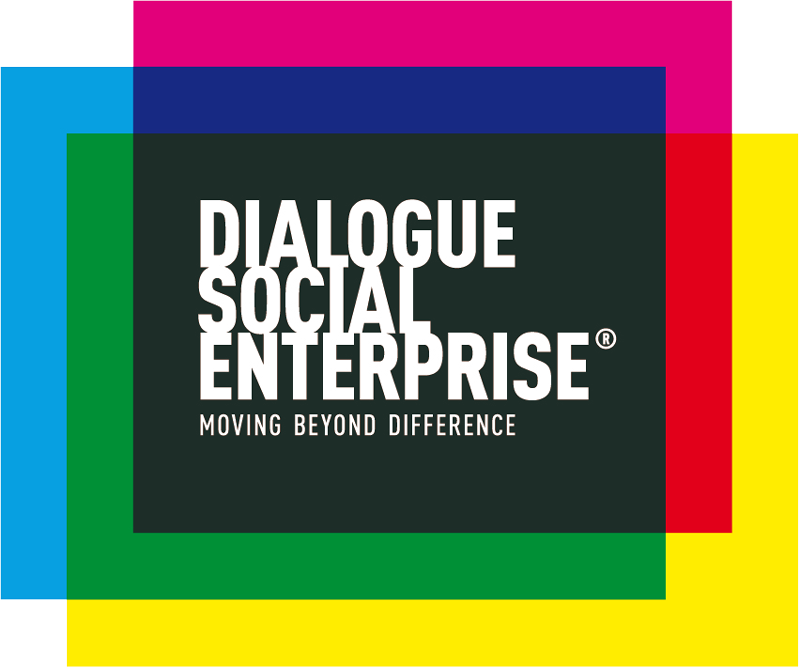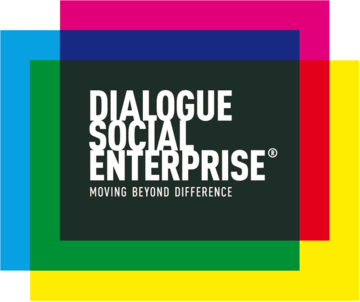At Dialogue Social Enterprise, we are exploring ways to integrate the theme of adaptive technology into our experiences.
We are doing this for two primary reasons: First, many people with disabilities find it difficult to navigate life today without technology. As many say, there's never been a better time to live with a disability, thanks to advancements in technology. Second, technology is not just for those with disabilities; it's a universal tool that enriches the lives of everyone, making it a common thread in our "encounters in the dark."
While I am a firm believer in the power of human relationships, I must admit that technology has outpaced society in fostering the inclusion of people with disabilities.
It Exists!
The first urgent message society needs to grasp is that the technology enabling people with disabilities to perform various activities already exists.
For instance, I'm still surprised that many people believe individuals with visual impairments solely rely on Braille for studying or working. That's far from the truth!
It's With You!
Most smart devices—tablets, cell phones, laptops—already come equipped with accessibility features. With a simple swipe of a finger, these devices can become incredibly useful to people with various disabilities.
While specialized devices and software do exist, the majority of adaptive technology is already built into your everyday devices. Forget about spending fortunes on specialty keyboards or Braille printers; adaptive technology is already in your hand!
Let's Use It!
The real obstacle is our behavior and mindset. I recently listened to a podcast where someone said that if we truly wished to, we could end hunger and unemployment globally—because we have the technology and resources to do so.
Similarly, the technology for educational, occupational, and social inclusion of people with disabilities is already here. What we need now is awareness and the willingness to use it.
This is where behavioral challenges come in. Knowing that technology exists is one thing; overcoming our prejudices to actually use it is another. To make the most of these technologies, we need to be willing to accept and include people with disabilities in our workplaces, schools, and communities. Furthermore, we should learn to interact with how they use their technology.
Adaptive technology has the potential to elevate us to unprecedented levels of inclusion. These advances enable people with disabilities to study and work at performance levels comparable to those of non-disabled individuals.
The question remains: How can we stop being the obstacle ourselves?

